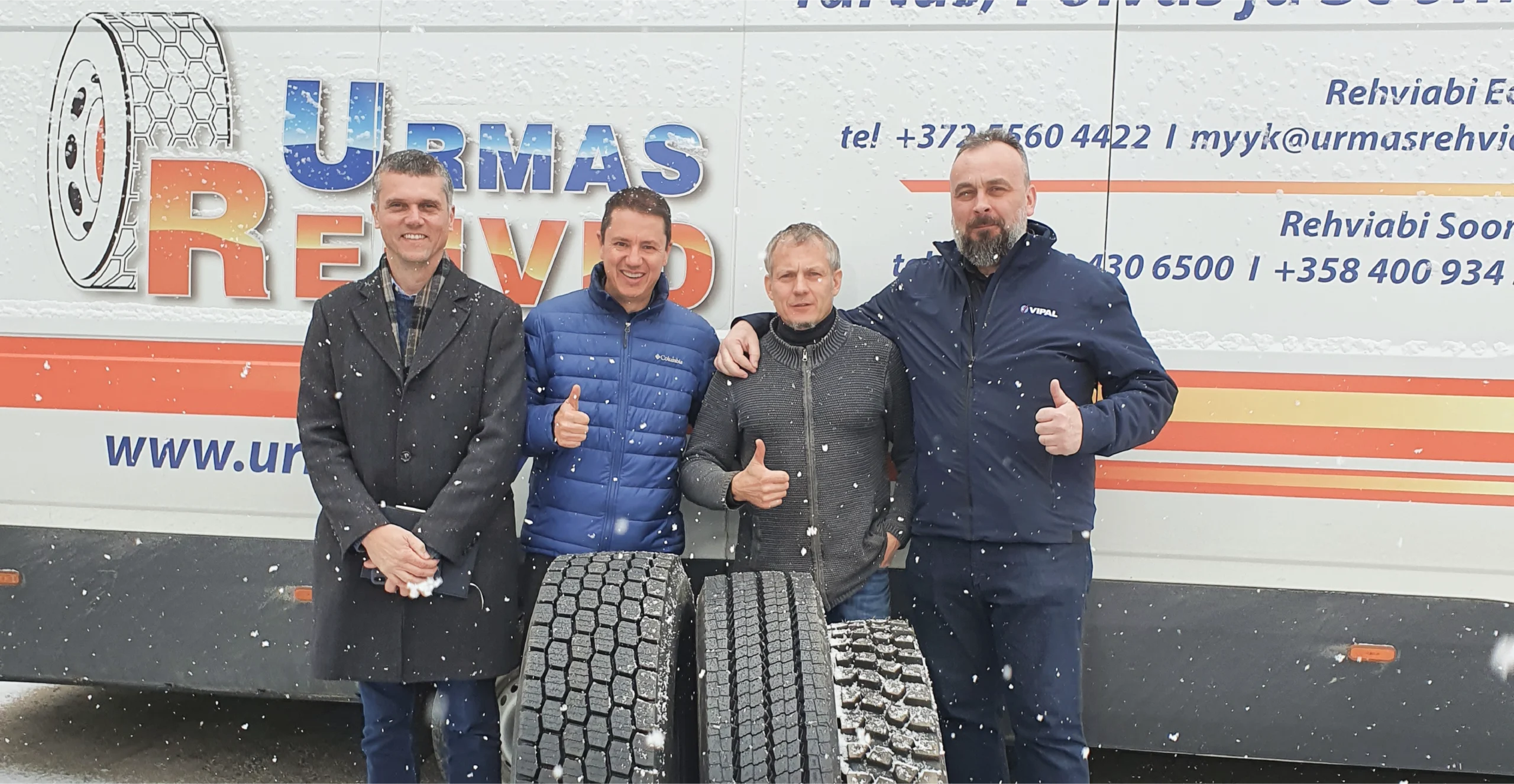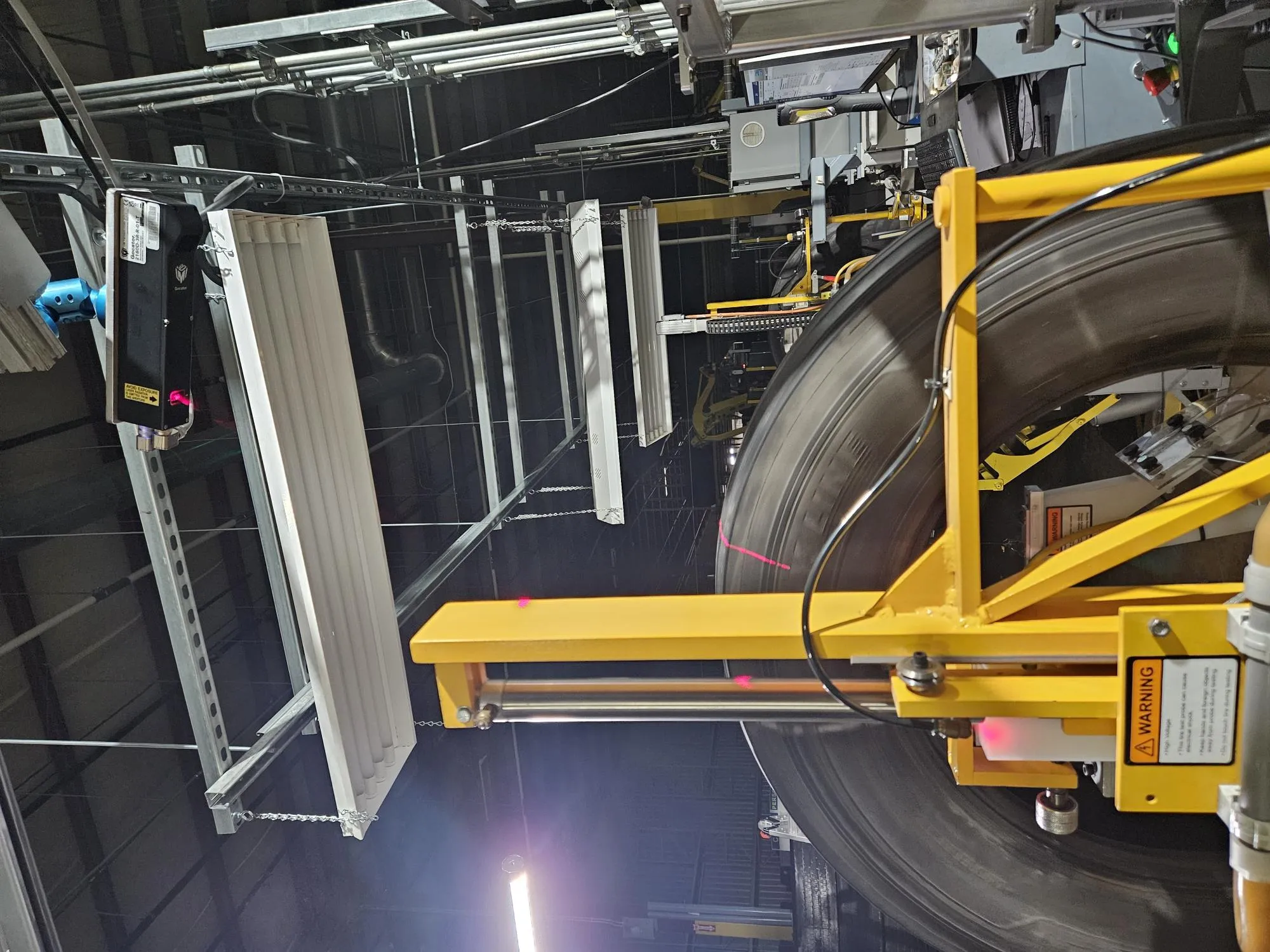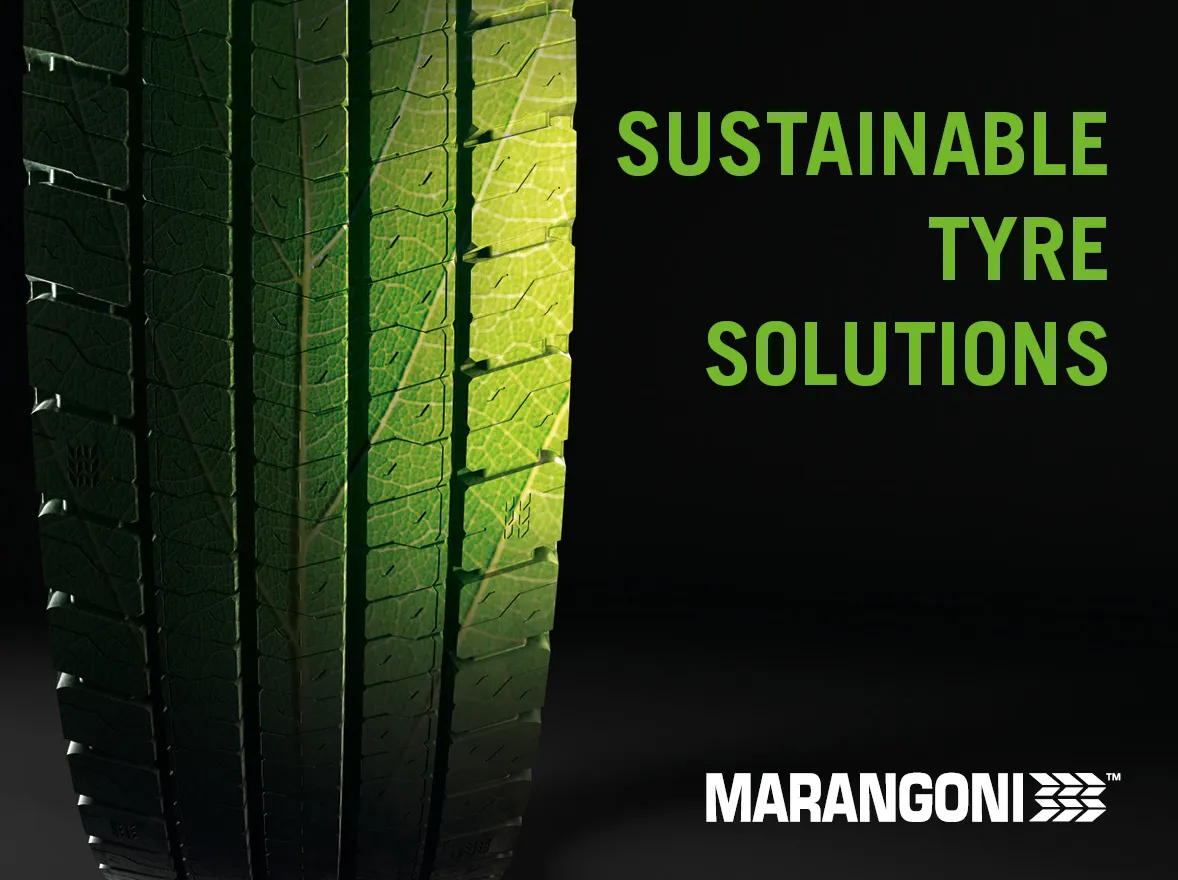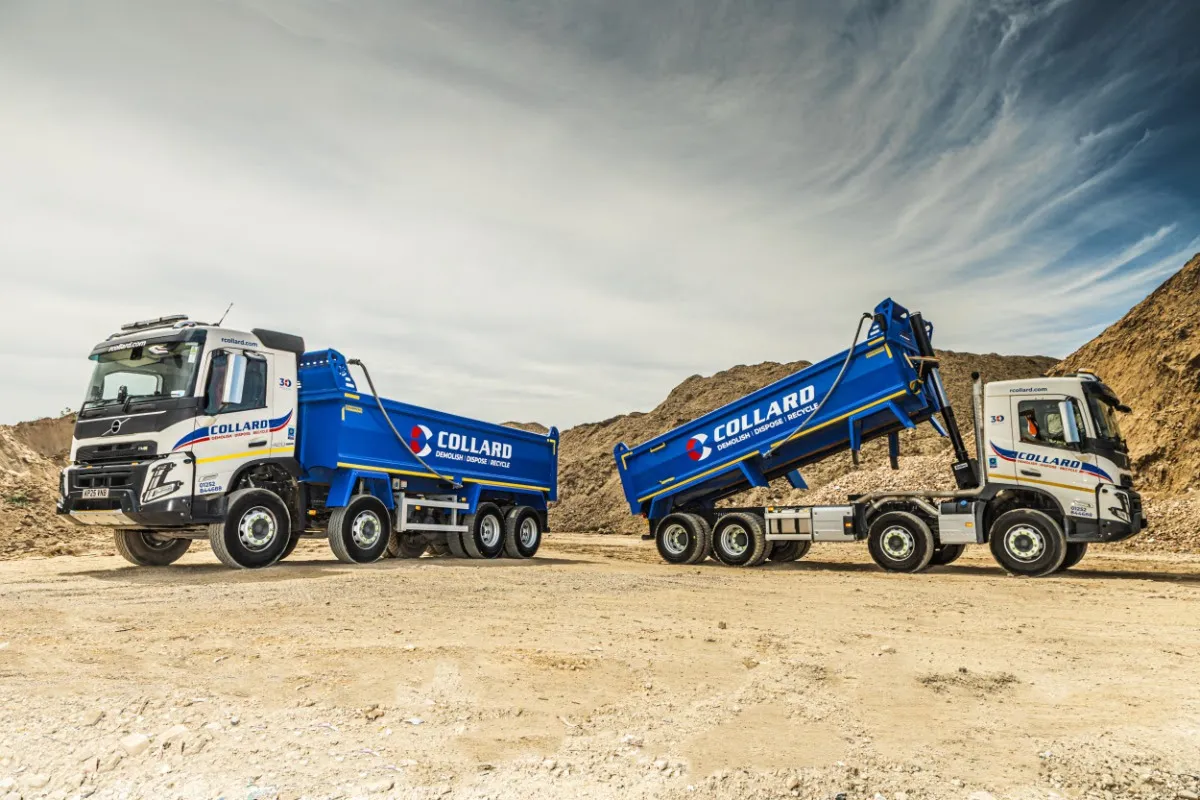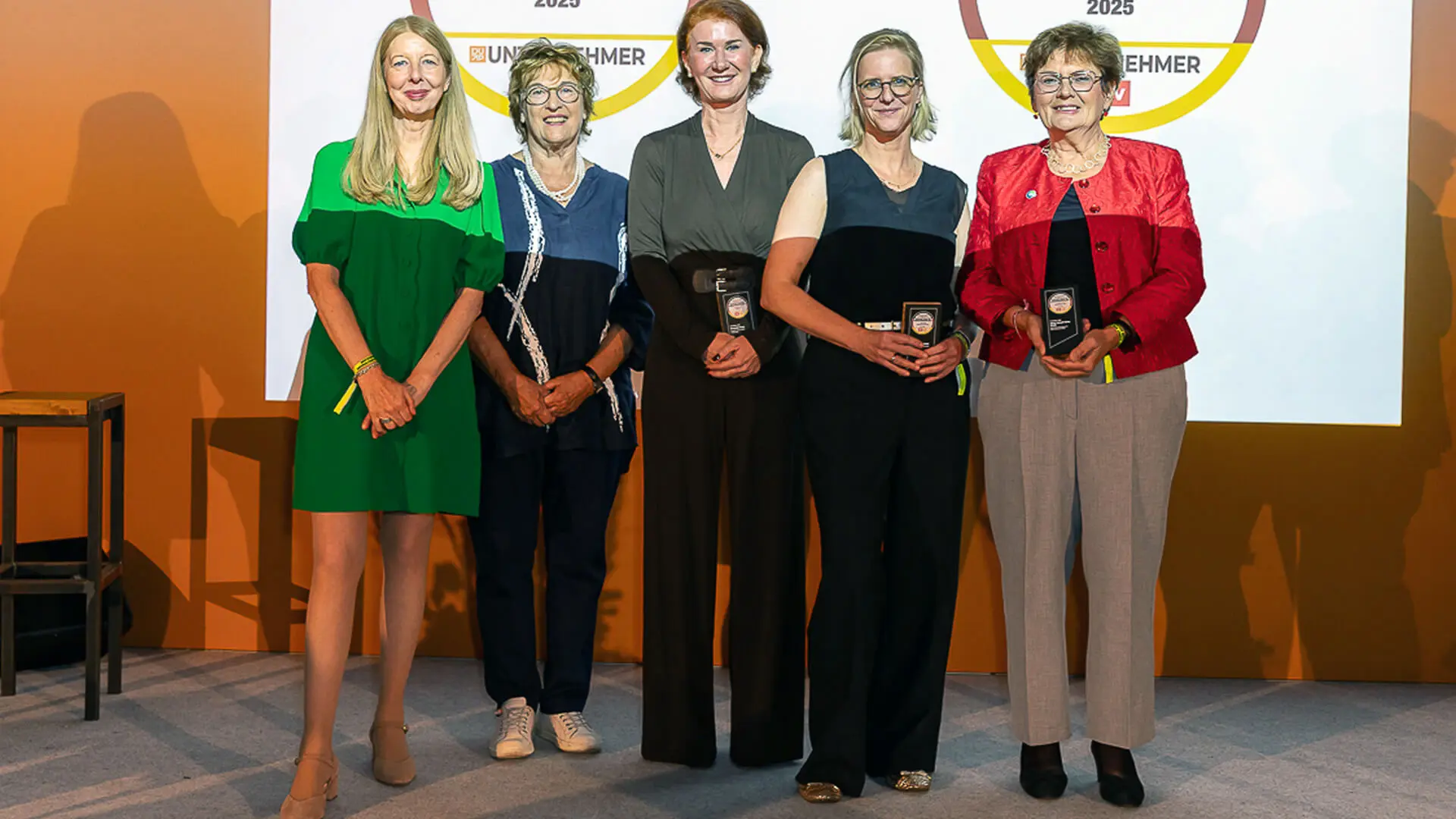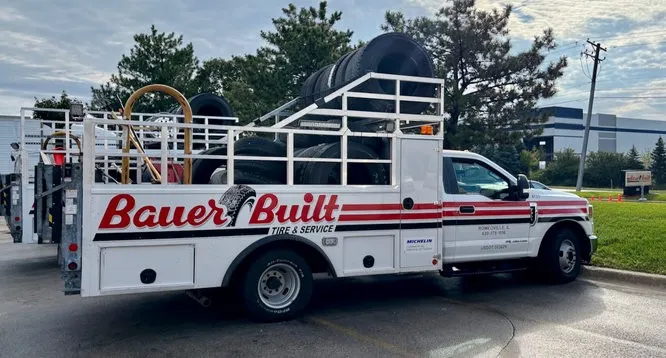Urmas Rehvid OÜ is a well-known Estonian company that has been retreading truck tyres for 23 years. Most of these were challenging, but the turbulence of recent years added a new layer of uncertainty, said Margus Õun, Urmas Rehvid, Chairman and Managing Director.
Growth of Urmas Rehvid OÜ
Like many companies in the tyre retreading business in this part of Europe, Urmas Rehvid originally started to provide tyre fitting services and sell passenger and, later, truck tyres. Truck tyre retreading was added to the core business only a few years later, in 2005, when a Euromaster tyre retreading plant was purchased in Finland and relocated to Tartu—a small city in the country’s south-east, not far from the borders with Latvia and Russia.
From that point, businesses have never stopped evolving, as revealed by Õun.
“At first, tyres were retreaded with Kraiburg materials that came with the purchase of the factory. Over time, materials from other manufacturers have also been added to the product range to satisfy the various wishes of customers,” Õun said.
The most recent development was the expansion of the list of services with the retreading of tyres for specialized machinery, including forklifts, smaller bucket loaders, and off-the-road tyres.
As Õun explained, the move was made to keep the factory in continuous and stable operation and to be less dependent on the winter and summer seasons.
“Retreading tyres for special machines is a rather narrow and specific niche market. To retread these tyres, we had to slightly modify and rebuild some of the production units,” Õun said, expressing scepticism over the growth potential of this segment. “If you do something well and the market accepts it, you have found an additional outlet. Still, we don’t see much growth in this market.”
Challenging Competitive Environment
From the beginning, Urmas Rehvid has positioned itself as a medium-sized factory in the Estonian tyre retreading market, arguably one of the most competitive in this corner of Europe.
Over the years, some companies were launched, and others left the business, but as of today, seven tyre retreaders operate in the country with a population of 1.3 million.
“This creates extreme competition and high price pressure, which in turn makes it difficult to modernise the equipment fleet. Fortunately, we have been able to maintain a strong and loyal customer portfolio, which allowed us to move to a new and more modern production facility in 2024,” Õun said.
Due to tight competition, Estonian retreaders have been actively searching for growth potential across borders in recent years.
“With seven truck tyre retreades, the [Estonian retreading] market is too small. That’s why retreaders are looking for additional opportunities to sell to nearby markets – mainly Finland, but also Sweden and Norway. Our company has also had its tyre workshop in Tuusula, near the Finnish capital, Helsinki, for 15 years. This tyre workshop also provides some production capacity for our company,” Õun noted.
Industry’s Vulnerability
During over two decades in business, Õun said the company witnessed all kinds of market ups and downs. In the 2010s, the Estonian tyre market was flooded with cheap new tyres imported from China and Russia, which drove the retreading industry into a protracted crisis.
The past few years have also brought a fair share of uncertainty. As Õun admitted, the industry proved to be particularly vulnerable to external shocks.
“Since Estonia is a peripheral country in terms of Europe, our transport sector is very sensitive to various global economic fluctuations. If the transport sector is doing poorly, it will also be difficult for tyre retreaders,” Õun said.
Urmas Rehvid OÜ retreads between 4,000 and 5,000 tyres on average per year, which, as Õun noted, is a relatively small volume on the European industry’s gauge. As the political situation has little chance of drastically improving in the coming years, the potential to expand production remains limited.
“Since Estonia is located on the eastern border of the European Union and, as is well known, trade with Russia is practically non-existent, we do not expect a large growth in the tyre market in the near future,” Õun added.
Challenges Down the Road
One of the key problems retreaders in Estonia have to face is the gradual deterioration of the quality of the average casing, Õun revealed.
“The quality of the casings of well-known tyre manufacturers has become increasingly poorer over the years, which means that there will be fewer high-quality frames,” Õun said. “As the quality of the casings has decreased, at the end of heavy exploitation, they are no longer retreadable”.
In recent years, customers have become increasingly price-sensitive, and as a result, many have agreed to retread tyres from Asian manufacturers, Õun continued. As casing quality from well-known tyre manufacturers is becoming scarcer and their prices are increasing, Urmas Rehvid witnesses the share of Eastern tyre manufacturers in its order book growing yearly.
“We are a small company, and we do not have huge problems with obtaining tyre casings. We import about 500-600 tyre casings from Italy per year, and we find the rest on the domestic market,” Õun said.
“We have received a lot of help in retreading these tyres from VIPAL, whose patterns we also use to make tyres for special equipment,” Õun said. “Due to the large selection of patterns in VIPAL products and their fairly flexible sales policy, we have been ordering more and more of their materials yearly. With the off-road patterns in the VIPAL catalogue, we have found an additional niche sector in tyre retreading and have increasingly begun to retread tyres for machines that have previously used bias tyres from Russia and Belarus“.
In recent years, Õun continued, tyre retreaders in Estonia face rising pressure from tightening environmental regulations. To make up for extra costs, businesses have no choice but to raise prices. In the meantime, a competitive fight with Asian tyres is here to stay, and Õun so far, retreaders are the losing side.
Making forecasts in such uncertain times is a thankless job, Õun noted.
“As you can see, the whole world is undergoing a lot of changes today. Most companies are trying to optimise their activities and maintain stability, remaining below the breakeven point,” Õun said.

